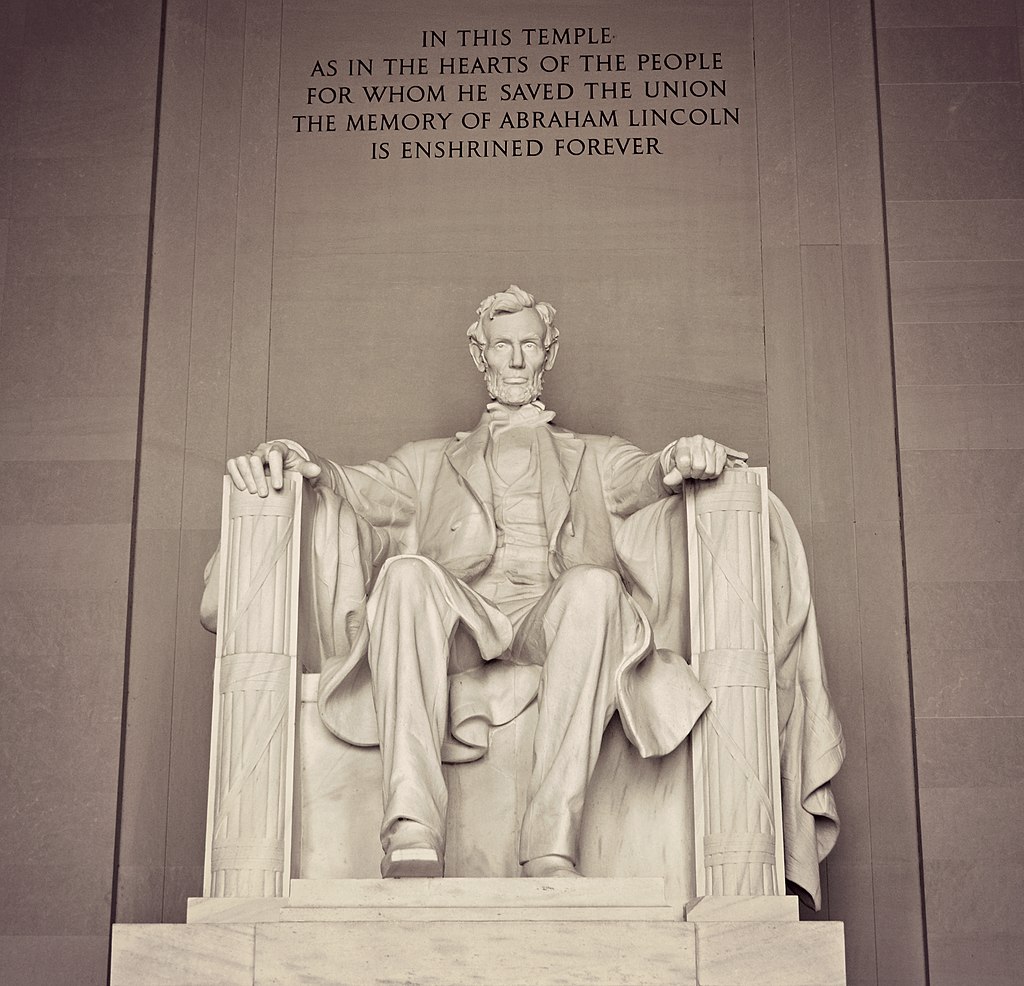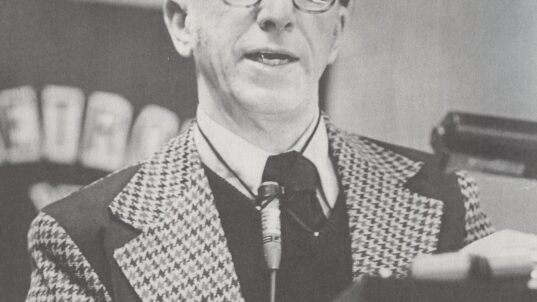
Narenchalla; Daniel Chester French, Public domain, via Wikimedia Commons
It is perhaps one of the most revered places in America. The Lincoln Memorial and the Statue of President Lincoln are a must see for every American. The memorial is an inspiration in its majesty, but few realize how symbolic the memorial is in the social transformation that it represents.
The statue of Abraham Lincoln was designed by Daniel Chester French, one of the nation’s premier sculptors. He received his training in Italy. The sculpting process began with a small clay model followed by a plaster model. What few people realize is that the final statue was not actually carved by the sculptor, but by a family of Italian immigrants, the Piccirilli brothers. The final statue was much larger than the plaster molds developed by the sculptor so the stone carvers had to scale up their work. When we look at Abraham Lincoln in the memorial, we might try to imagine what our country would be like without the contributions of those who chose America to be their new home.
Weighing 159 tons, the statue is made of marble that came from Georgia, a state that was once part of the Confederacy. What if we imagine how the marble itself is a sign of reconciliation? It could have come from a northern state, but what if we see the fact that the marble came from Georgia as a tribute to a re-unified country, where our past differences can be healed for a better future? Looking at the statue from the front, it’s hard to tell that it actually contains 28 separate marble slabs unified into one statue. The unification of these 28 slabs into a single statue, with no visible breaks, evokes a desire for coming together as a people.
In 1939, as the nation was watching Adolf Hitler march across Europe, Mahalia Jackson, an African American gospel singer, stood before a crowd of 75,000 people in front of the statue of Abraham Lincoln and began singing “My Country Tis of Thee.” She was invited to come to Washington for a concert series sponsored by Howard University. They had hoped to use Constitution Hall for the concert, but the Daughters of the American Revolution only allowed White performers in the venue. As she sang, she changed the lyrics from “of thee I sing” to “to thee we sing.” In her own way, she was using her voice and the venue to focus on how “we,” as Americans, could be united as one. With that simple change of wording, she was calling for a healing transformation in our society.
Fast forward to 1963, when Martin Luther King Jr. stood before a crowd of 200,000-300,000 during the March on Washington. As he was speaking, Mahalia Jackson, sitting close to him, shouted out: “Tell them about the dream, Martin.” That became one of the most famous speeches in American history. It helped to shape American views on civil rights. Where would we be without Dr. King’s call to dream of a different way to view our fellow citizens, a different way to view our nation?
What if, when we look at Abraham Lincoln’s statue, we see it as a symbol of social transformation? Just imagine a social transformation where we accept the contributions of all Americans, no matter where they were born. Where reconciliation actually heals grievances and unity heals divisiveness. Where “we” replaces “I” and where we can dream of a more just society. Just imagine memorials that do more than honoring past deeds as they call to life the values that can shape our lives today.
This is part of our “Just Imagine” series of occasional posts, inviting you to join us in imagining positive possibilities for a citizen-centered democracy.



